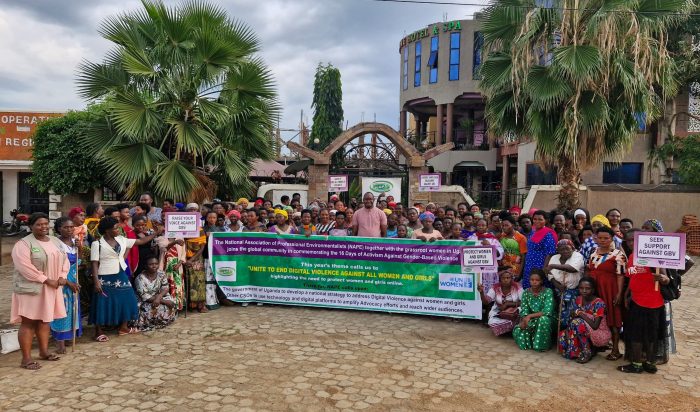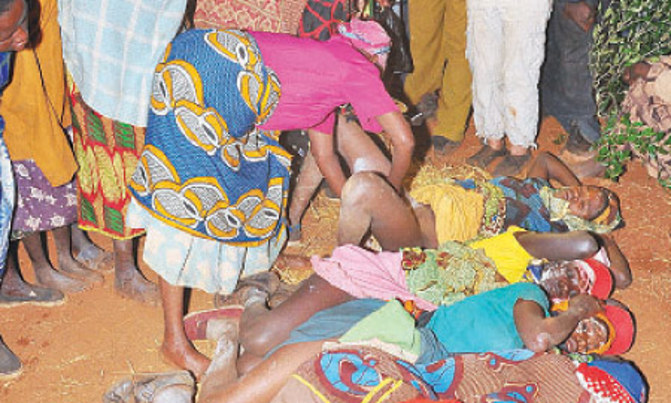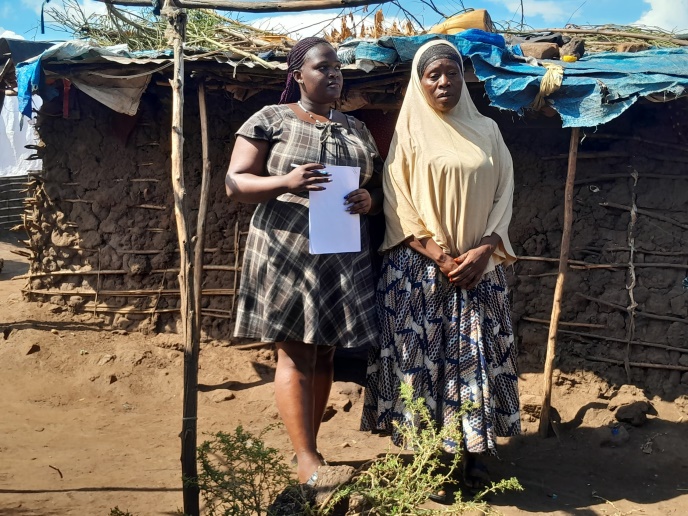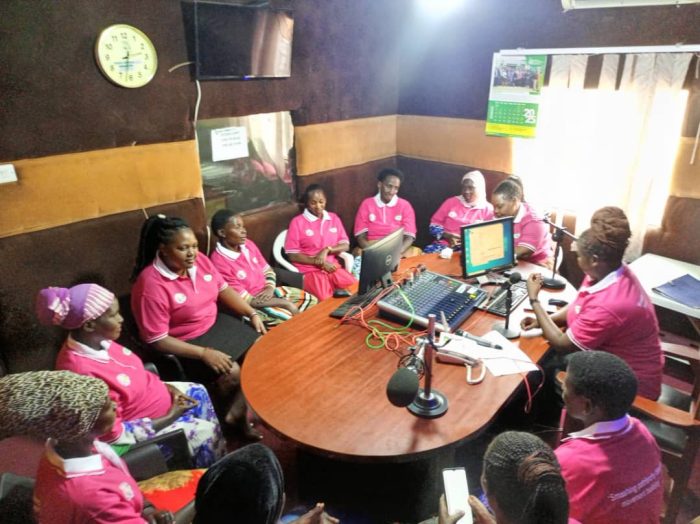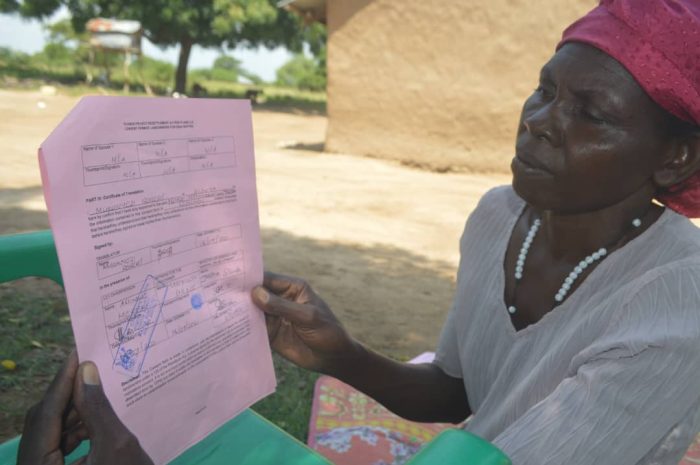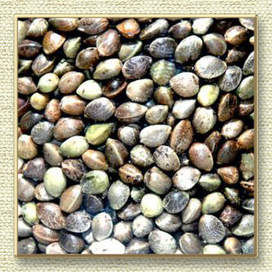
The Bunyoro Region, for a long time was known for growing indigenous food that kept families food secure. The food included different varieties of millet, beans, simsim and maize that were drought resistant. On the contrary today, many farmers are crying foul after unpredictable weather patterns that have left them with little to feed on.
different varieties of millet, beans, simsim and maize that were drought resistant. On the contrary today, many farmers are crying foul after unpredictable weather patterns that have left them with little to feed on.
It’s for this reason that the National Association of Professional Environmentalists, NAPE initiated a campaign on seed sovereignty and food security through revival of indigenous seeds that are accommodative to current climate changes.
Mr.Asuman Irumba, one of farmers in Hoima says many people have run away from traditional farming and this has not only ushered in poor yields but also inadequate food in families.
Irumba also says with the help of NAPE they are steadily bringing back these indigenous seeds through consultative dialogues with old men and women who have both knowledge and skills to revamp these seeds.
“We are slowly by slowly getting back our seeds,” Irumba said
Mr. Karugaba Isimbwa, one of the founders of Bunyoro community Historical museum associates for development says, there is need to revert to our indigenous foods if the region is to survive current climate conditions.
He noted that seeds such as millet were so resistant to hash conditions unlike today calling up on stakeholders including the kingdom to sensitize and mobilize the local communities to embrace growing of local varieties.
“To day I get surprised to see a farmer gets nothing because of climate change,” Karugaba wondered
Mrs. Scola Byaruhanga , 75 years from Kabale village in Kiziranfumbi sub county Hoima District says during harvesting season it was a must for the house wife to keep the seeds for the next season and she could make sure these seeds are preserved well in order to reach the next planting season.
“Today I don’t know what is happening, with seed banks,” Ms Byaruhanga asked
Ms Lucy Ahura of Kabale Small Holders Farmers group in Kiziranfumbi sub county Hoima District noted that it was a culture in Bunyoro every woman to have a garden of cassava locally known as Nozzimu and Mukalasa at home as remedy to food insecurity.
This was jointly done with their husbands adding that it was the Traditional role of the house head to clear the bush for the woman and this kept the home with food all the time.
“You see now days men have run way from their duties that’s why things are like this” Ms Ahura said
Ms Asha Afambe local farmer in Kabale village in Kiziranfumbi sub county in Hoima says for the case of local beans locally known as Enkuku, it was must for the every family to have them year in year out because it provided sauce to every family in difficult situations.
Mr Denis Tabaro, Natukunda officer in charge of community ecological governance at National association of Professional Environmentalist [NAPE] says there is need to conserve these indigenous seeds which are drought resistant and for seed restoration.
“People of Bunyoro need these seeds for food security and as NAPE we are here to help these communities,” Tabaro said
Mr Tabaro further explains that with support from European Union and GAIA foundation he optimistic that Bunyoro communities can revive these seeds.
“I think with these efforts am sure our seeds in Bunyoro can come back” Tabaro noted
With revival and promotion of indigenous seeds in the region communities can regain their glory of being food and seed secure and this can also go a long way in improving household income that has been identified as one of the factors that fuel domestic violence in the area.
According to Eastern and Southern African Small Scale Forum [ESAFF], Uganda study report 2015, it is estimated that Uganda has over 400,000 internationally certified organic farmers, growing cotton, coffee, sesame, as well as fruits such as pineapples, bananas, mangoes, jack-fruit, apple, passion fruits and avocado.
The products are exported to Europe, USA and Asia, among other countries.
By 2013, Uganda had around 350,000 hectares of land under organic farming covering more than 2% of agricultural land.
The story was writen by Peter Akugizibuwe, a is assistant News Editor at NAPE Community Green Radio, Hoima District.

